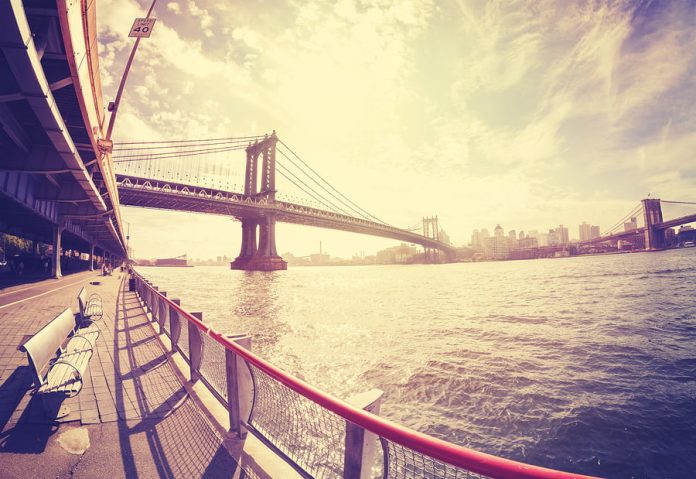When it comes to camera weaknesses – distortions, noise, blur, inability to handle backlight, poor colour rendition, digital rebuild artefacts – which is the least desirable?
Blur is the least desirable camera quality but it's caused by multiple factors making it the hardest weakness to nail down and to avoid. Blur most often comes down to slow shutter speeds – 1/60th of a second is a reasonably good compromise for low light and management of blur. If you chose typical defaults of 1/25th of-a-second then once light levels reach a certain level you’ll lose faces, while plates will have gone by the wayside an hour earlier.
Frankly, if criminals keep moving in some applications, many cameras will fail to snare court admissible imagery. Even good cameras are unlikely to get a running face on the street in sub 10 lux. You can go for faster shutter speeds but there’s a trade-off in noise and loss of light signal.
Some people will tell you blur is only about the shutter speed but it goes deeper. Even a default tendency to slow shutter speed is likely to be about something else altogether. A small sensor, a last-gen sensor, a slow lens, poor management of ISO or any combination of all of these. Taking blur out of the equation and with due recognition that applications vary, we’d be relatively most tolerant of distortion and variable colour rendition.
If the camera was great at night we might try to manage backlight during installation but miserable WDR performance could be a deal breaker for external applications. Muddy digital image rebuilds might be a deal breaker, too, depending on what we needed in our scene.
We are also coming around to higher ISO. The ability of a camera to significantly amplify a signal without driving bitrate through the roof is a trend we think we’ll see much more of.♦











